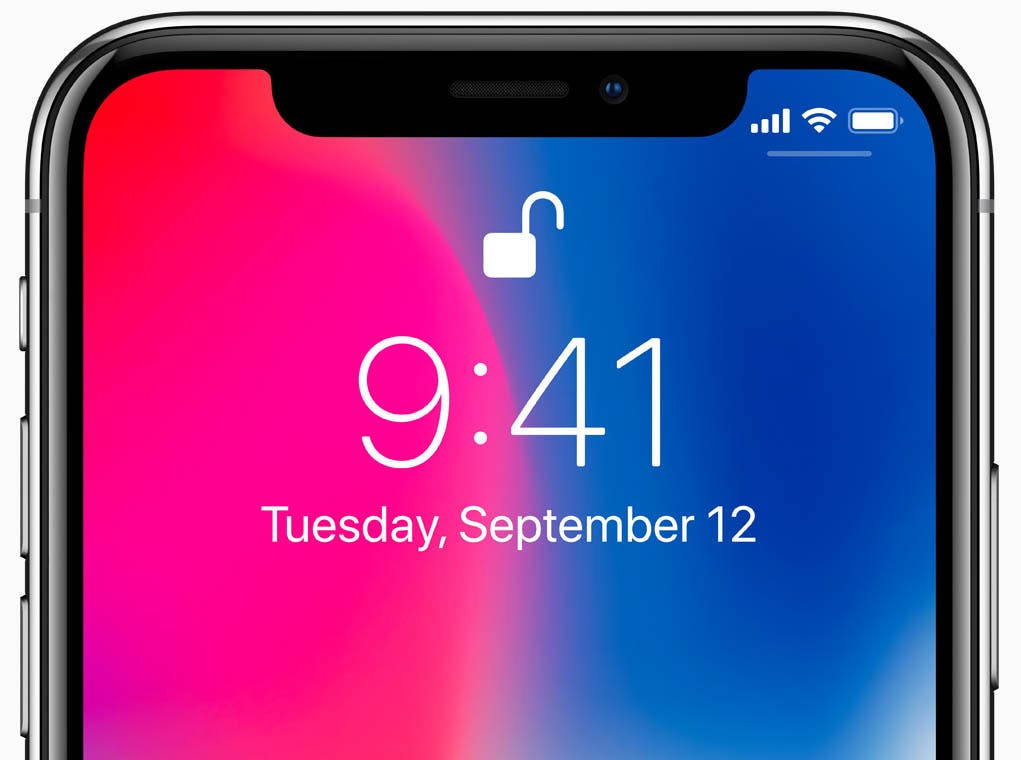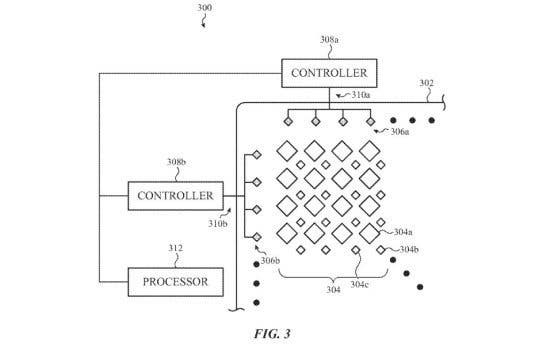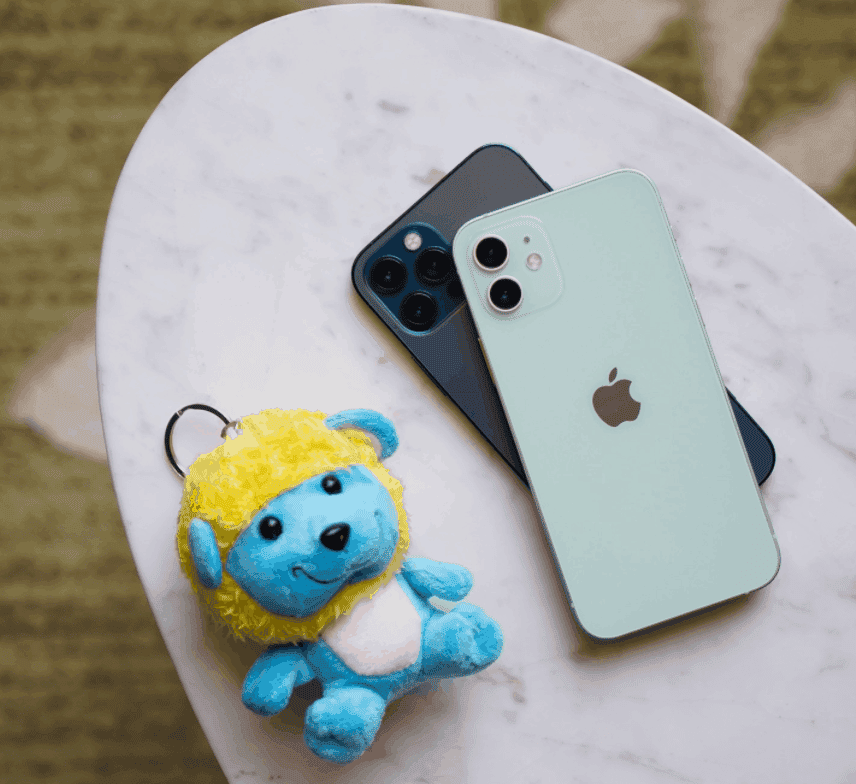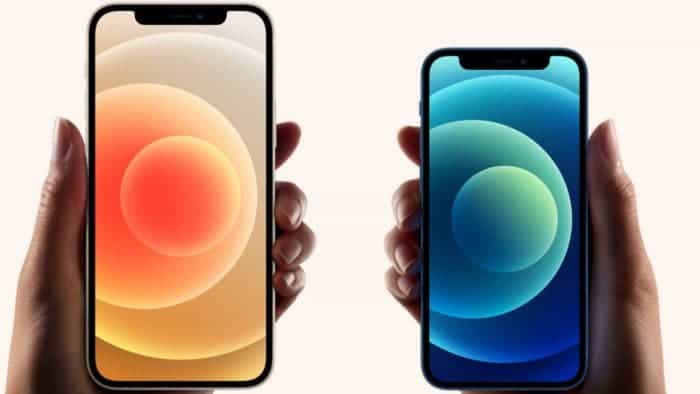Sources have obtained information on how Apple will solve the issue with the iPhone notch and at the same time will retain the system of sensors necessary for the operation of the technology for recognizing users by means of Face ID.
Recall that in 2017, with the release of the iPhone X, the company switched to a design that is still used today. iPhones have a large cutout at the top center of the screen where the sensors and the speaker hole are located.
At the same time, the company has been working for a long time to reduce the size of this cutout; and, in the future, completely abandon it. It may seem to some that abandoning the notch implies abandoning the Face ID technology, but this is not so.

The company has patented a new solution that will place the components necessary for the Face ID system under the surface of the screen. The company is currently working on upgrading these sensors so that they can do their job efficiently while under the display. The patent says that the ambient light sensor will also move under the screen.
With the introduction of this technology into a commercial iPhone, the company is expected to offer users fingerprint recognition and 3D facial recognition under the screen, which will receive tiny-width bezels around the perimeter.
Whether we will see this solution in the iPhone 13 is still unknown.

Apple finally defeated Samsung in the global smartphone market
Apple overtook Samsung to become the world’s leading smartphone brand amid record sales of iPhone smartphones. The company showed a huge jump in the last quarter of last year, while Huawei‘s position weakened greatly.
According to Counterpoint Research, shipments of iPhone smartphones increased 22% in the previous quarter. The surge is driven by the release of the iPhone 12 lineup, which supports fifth-generation networks. Also, sales of previous models did not fall, the demand for which is stable after the price decline.
The company has shipped 90 million smartphones and has more than 23% market share. Analysts note that Apple has strengthened its position in the premium segment of smartphones in China. According to Apple CEO Tim Cook, two of the top three selling premium smartphones in China are from Apple.

The second place in the quarter belongs to Samsung, which received about 19% of the market. The third place went to Xiaomi, followed by Oppo and Vivo, which took the fourth and fifth places, respectively. Huawei dropped to 6th place.
If we consider the results for the year, then Samsung is in the lead, Apple is second, Huawei is third, followed by Xiaomi, Oppo, Vivo and Realme. The latter was the fastest growing brand in the past year.
Counterpoint Research’s data is broadly consistent with estimates by another analyst firm, IDC, which we have already published.





